What Is a Sales Invoice? A Small Business Guide to Create One
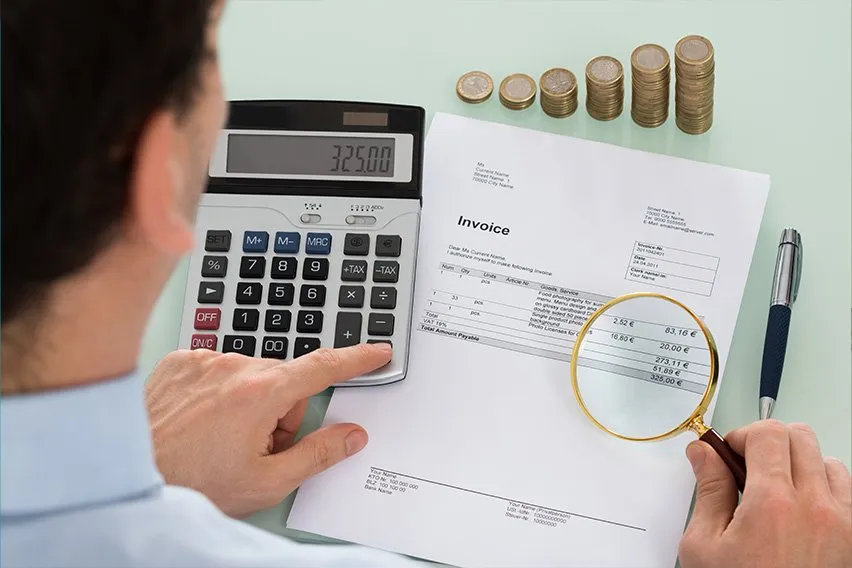
Make things easier for your accounting department by creating a sales invoice using FreshBooks. Sending a well-designed invoice to your client can help you get paid quickly, avoiding overdue payments from clients by providing detailed information about services rendered, amounts owing, different payment methods accepted, and the expected due date.
Your business can better keep track of the sales process and receivables while improving customer relationships by maintaining open communication and concise and accurate documentation.
To learn how to create your own professional sales invoice and get paid quicker, please see the links below:
Why Are Sales Invoices Important for Small Business Accounting?
What Is the Purpose of a Sales Invoice?
How Do I Make a Sales Invoice?
What’s the Difference Between a Sales Invoice and Sales Order?
What Is A Sales Invoice
A sales invoice is a legally binding document that lays out the products and services provided, transaction dates, the amount owed, payable taxes, payment terms, and any other important information your client needs to know.
Why Are Sales Invoices Important for Small Business Accounting?
While the primary purpose of a professional sales invoice is to request payment from a client for the services you provided them, a sales invoice serves other essential functions in small business accounting, including:

1. Foundation for Accurate Bookkeeping
Sales invoices are an important tool for small businesses because they serve as the foundation for the business’s bookkeeping system by creating a record of a sale. This helps you track your sales, monitor customer payments and create robust financial reports.
2. Resource for Tax Returns
Sales invoices are crucial documentation for verifying claims made on tax returns. The IRS recommends small businesses keep supporting documents like invoices in case a tax audit is conducted.
3. Inventory Management Tool
If your business sells physical products, sales invoices can help manage inventory by actively recording the inventory that’s sold and ensuring the inventory level in the accounting system is accurate.
4. Legal Protections
Sales invoices serve as essential data for future planning, providing information on incoming revenue and earnings changes over time, and are useful for budget forecasting.
5. Data for Business Plans
Sales invoices serve as essential data for future planning, providing information on incoming revenue and earnings changes over time, and are useful for budget forecasting.
Invoicing has never been easier, as you can simply choose a free sales Invoice Template, fill it in with your business information, and get paid. Learn about the different types of invoices you can use to get paid on time for your work.
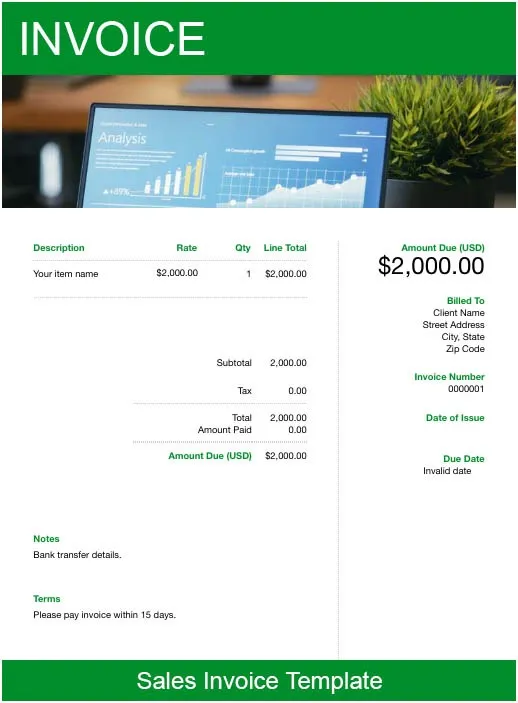
What Is the Purpose of a Sales Invoice?
The purpose of a sales invoice is to detail the services a business provides to clients, the amount owed, and the payment deadline, creating an obligation on the client’s part to pay the business for its work. They serve as necessary documentation of business transactions for both the business and the client and act as the foundation for a company’s financial statements.
How Do Sales Invoices Work?
After providing a service or a product to your customer, your business will send out a paper or digital invoice. This legally binding document acts as a detailed bill requesting payment. It will list the services rendered, the amount owed by the customer, and the different methods of payment accepted.
Sales Invoices Types
When creating a sales invoice, you can choose between:
Standard Invoice:
This is the most common type of professional sales invoice small businesses use to request payment from their customers.
Credit Invoice:
When a business provides a refund or a discount, they may send a credit invoice with a negative total, representing a reduction of the amount owed by the customer.
Debit Invoice:
A debit invoice is provided when a seller needs to increase the amount owed by the client. This accounting document is used when an hourly rate was quoted, but the job took longer to complete than originally estimated.
Commercial Invoice:
Usually a commercial invoice is created for international sales, this invoice provides the necessary details for sales across international borders between countries.
Pro Forma Invoice:
Also known as an estimate, this type of invoice is given before services are provided and may need to be altered later. To learn more about proforma invoices follow our guide Proforma Invoice Meaning.
Interim invoice:
If a large job is paid out in multiple smaller increments, interim invoices will be submitted, followed by a final invoice when the project is complete.
Past-due Invoice:
If a client does not provide payment by the due date on the final invoice, a past-due notice is sent out, with penalty fees or interest charges.
Feeling overwhelmed, or don’t know where to start? Try FreshBooks invoicing software to streamline invoicing and billing processes, so you can focus on doing what you love. Click here to get started.
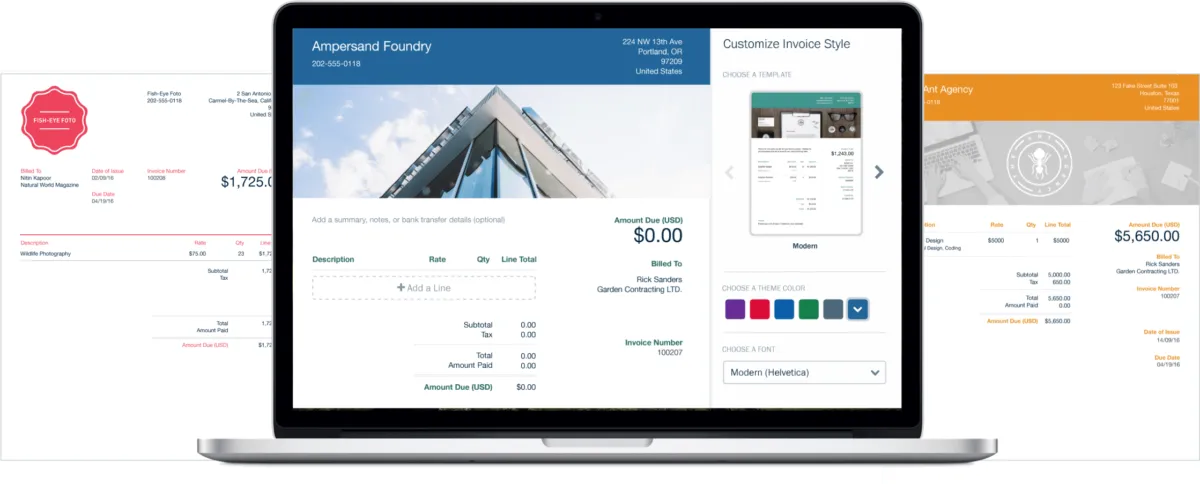
How Do I Make a Sales Invoice?
To make a sales invoice to send to customers, you’ll need to follow these invoicing steps:
1. Include Your Business Details
Create a header for your invoice that includes your company logo if you have one, your business name, address, phone numbers, and email address.
2. Include Your Client’s Contact Information
Below your own contact details, list the customer information. Confirm that you have contact details and phone numbers for the correct contact person within the organization. If your client is a large company, your point of contact for invoicing might be different than your day-to-day business contact.
3. Assign an Invoice Number
Every invoice should have a unique invoice number for easy tracking and referral during discussions with your customers. You can create your own numbering system or allow your sales accounting software to generate them automatically.
4. List the Services Provided
Provide an itemized list of services provided on your sales invoice, with a brief description of each service, the quantity supplied or hours worked, and the service rate.
5. Include Payment Terms
Outline the payment terms on your sales invoice, including the payment methods you accept (i.e., cash, check, credit card, etc.) and any interest charged on overdue invoices.
6. Provide a Payment Due Date
Clearly list the deadline for payment on your sales invoice. In accounting systems, the due date is usually automatically generated by using the invoice date and the customer payment terms. It could be an exact date, i.e., “Payment Due October 31, 2018” or “Payment Due Upon Receipt.” Most sales invoices include a delivery date as well.
7. List the Total Amount Owing
Provide a total balance due on the sales invoice, including any applicable taxes. This could be the total sales less any credit issued to the customer or less any deposits made by the customer.
Sales Invoice Template
To design and create sales invoices for your business, you can download sales invoice templates and customize them to suit your needs. FreshBooks offers an easy-to-use sales invoice template available in PDF, Google Docs, Google Sheets, Microsoft Word, and Excel formats to streamline the invoicing process.
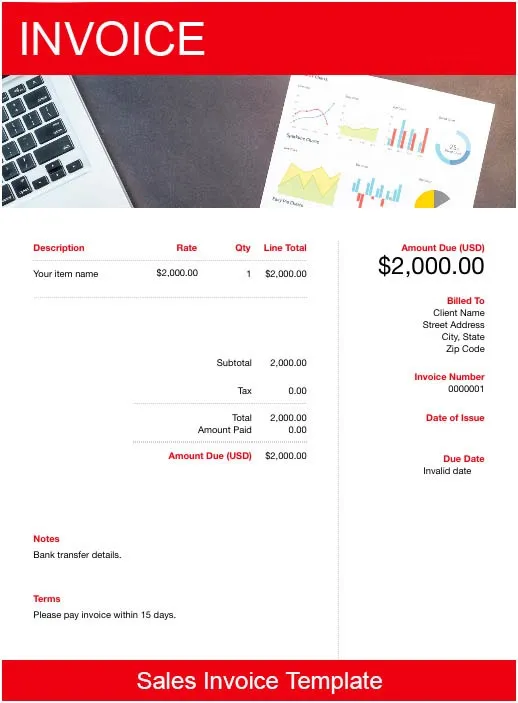
What’s the Difference Between a Sales Invoice and Sales Order?
Sales invoice and sales order are sales documents at different phases of the sale cycle. A sales order is produced after the order has been received from a customer, defining what goods or services they wish to buy. After the products are shipped or the service has been fulfilled, the business creates a sales invoice, serving as the document for customers to issue payment against. The sales invoice sometimes differs from the sales order, with additional charges added during the business transaction.

Conclusion
Sending professional sales invoices out to clients after providing a service provides your team more freedom, as they will not need to chase down late payments by ensuring the customer pays. It also creates a financial paper trail, and acts as an inventory management tool, with detailed records of sent invoices helping monitor cash flow and track sales accurately.
Professional sales invoices can help you plan for the future. Having the full picture of your business finances will allow you to forecast your budget and provide information on your best sellers while showing you how much you have available for investing and growth.
FAQs on Sales Invoice
Is a sales invoice a receipt?
No, sales receipts have a different purpose from an invoice. An invoice is sent out before the customer sends the payment, whereas a receipt will be issued once the payment is received.
Who issues the sales invoice?
The seller or service provider issues the invoice. An invoice is proof from the seller that a product or service has been provided, and it is a request for payment from the buyer.
What type of account is a sales invoice?
A sales invoice is a document showing a transaction between a business or freelancer and a customer. It will contain information about what has been provided to the buyer and how much money is owed for services rendered.
Is a sales invoice debit or credit?
In accounting, when a sales invoice is recorded, it consists of a debit to the accounts receivable and a credit to the sales revenue. When a customer pays a sales invoice, it is recorded as a debit of cash and a credit of accounts receivable.
Reviewed by
Jami Gong is a Chartered Professional Account and Financial System Consultant. She holds a Masters Degree in Professional Accounting from the University of New South Wales. Her areas of expertise include accounting system and enterprise resource planning implementations, as well as accounting business process improvement and workflow design. Jami has collaborated with clients large and small in the technology, financial, and post-secondary fields.
RELATED ARTICLES



 Is an Invoice a Contract? Create Freelance Contracts to Protect Your Business
Is an Invoice a Contract? Create Freelance Contracts to Protect Your Business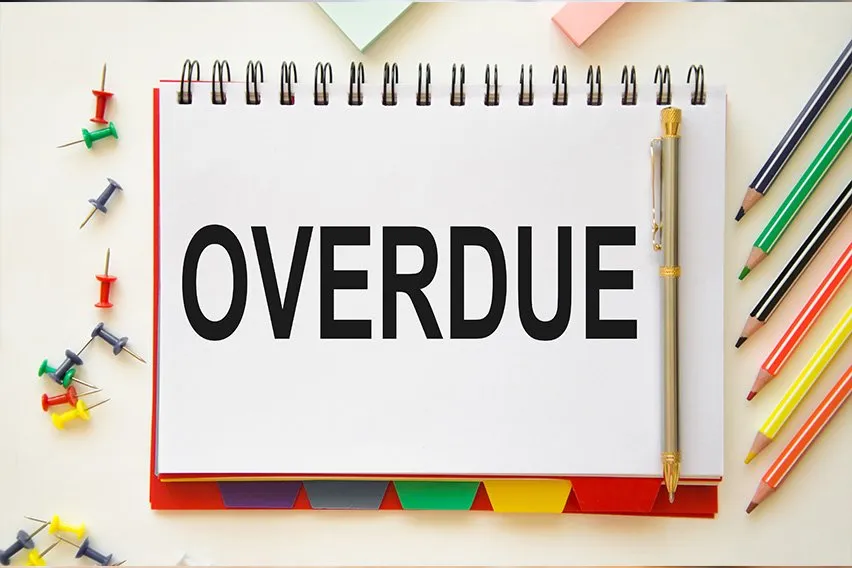 How to Make Invoice Number Change Automatically in Excel
How to Make Invoice Number Change Automatically in Excel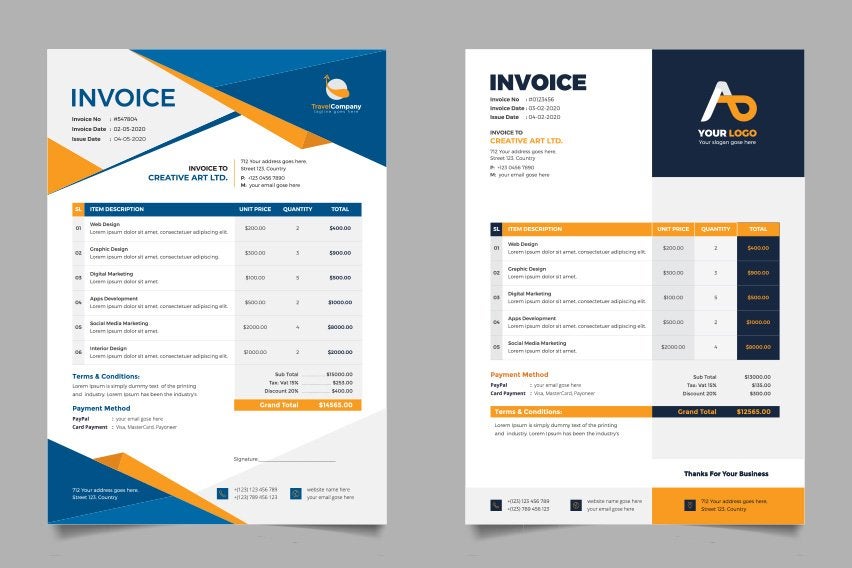 How to Make a Business Invoice And Tips for Faster Payment
How to Make a Business Invoice And Tips for Faster Payment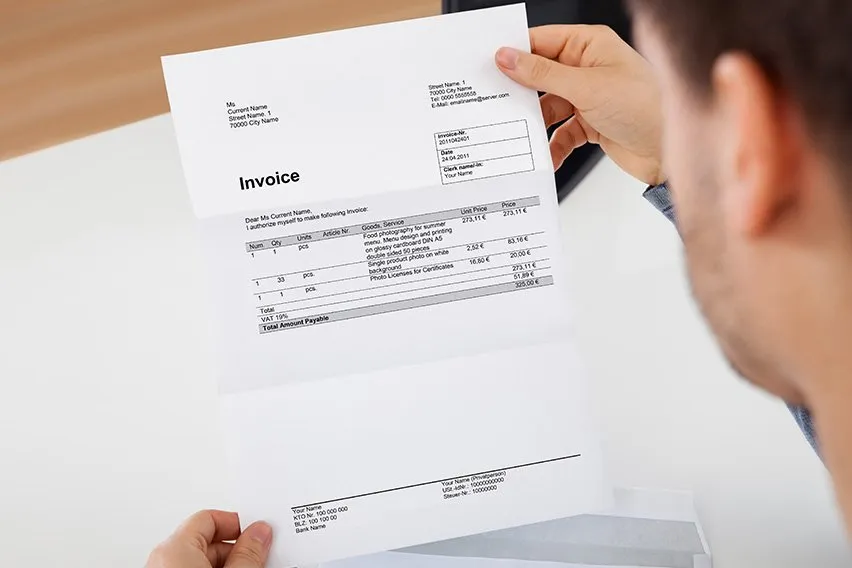 How to Read an Invoice: The 5 Most Important Things to Look For
How to Read an Invoice: The 5 Most Important Things to Look For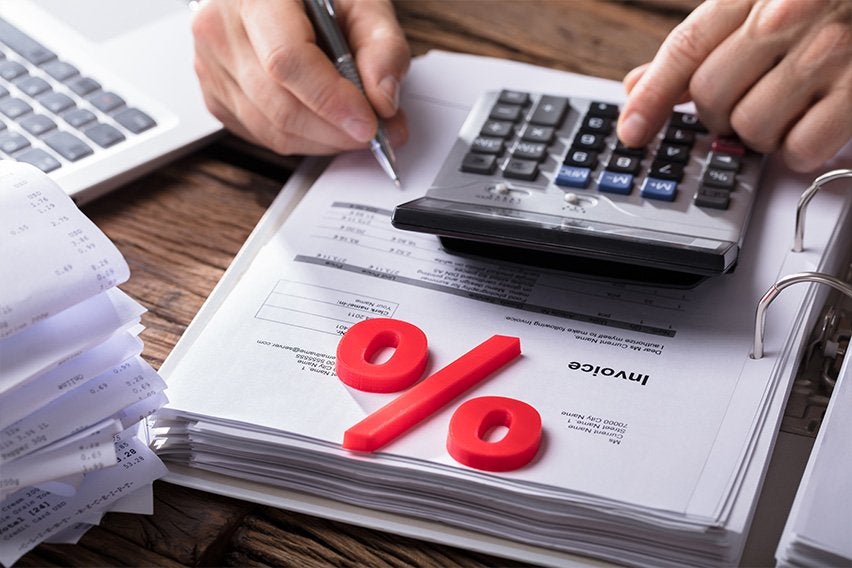 Can I Charge Interest on Late Invoice Payments? Invoicing Etiquette Explained
Can I Charge Interest on Late Invoice Payments? Invoicing Etiquette Explained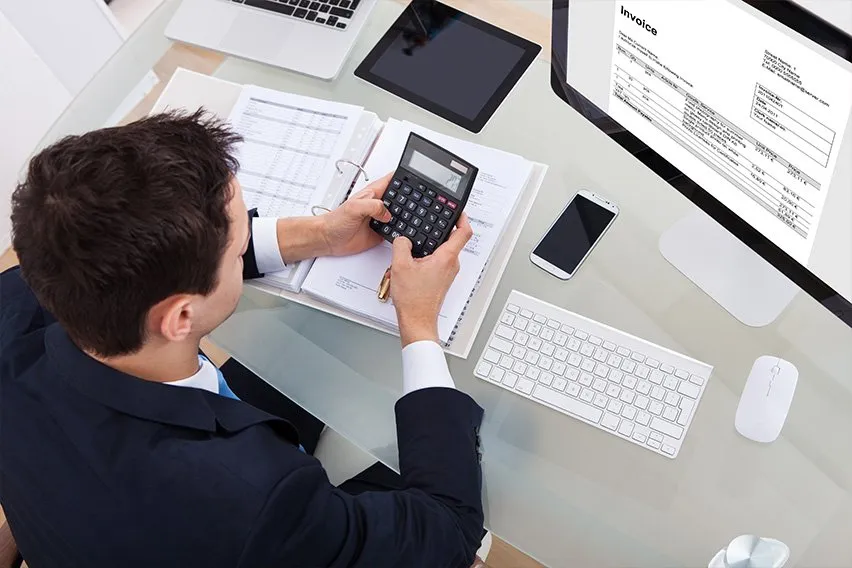 How to Invoice as a Consultant: Tips for Consulting Businesses
How to Invoice as a Consultant: Tips for Consulting Businesses